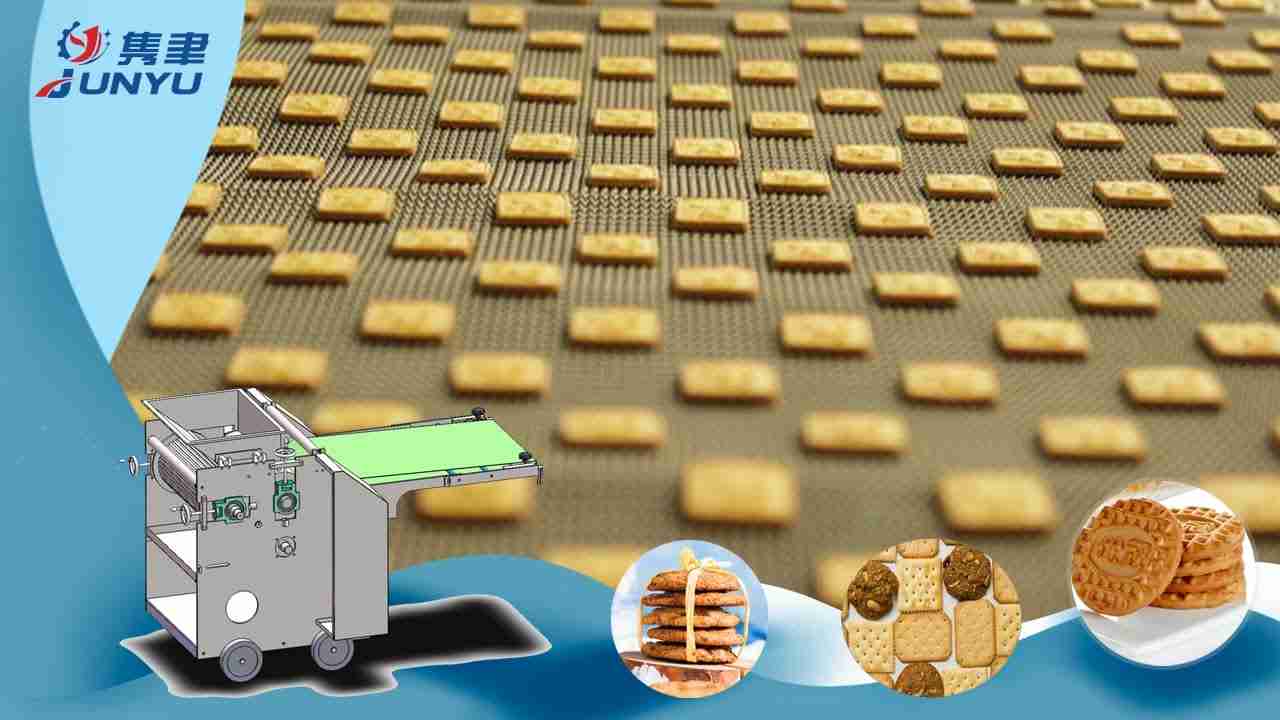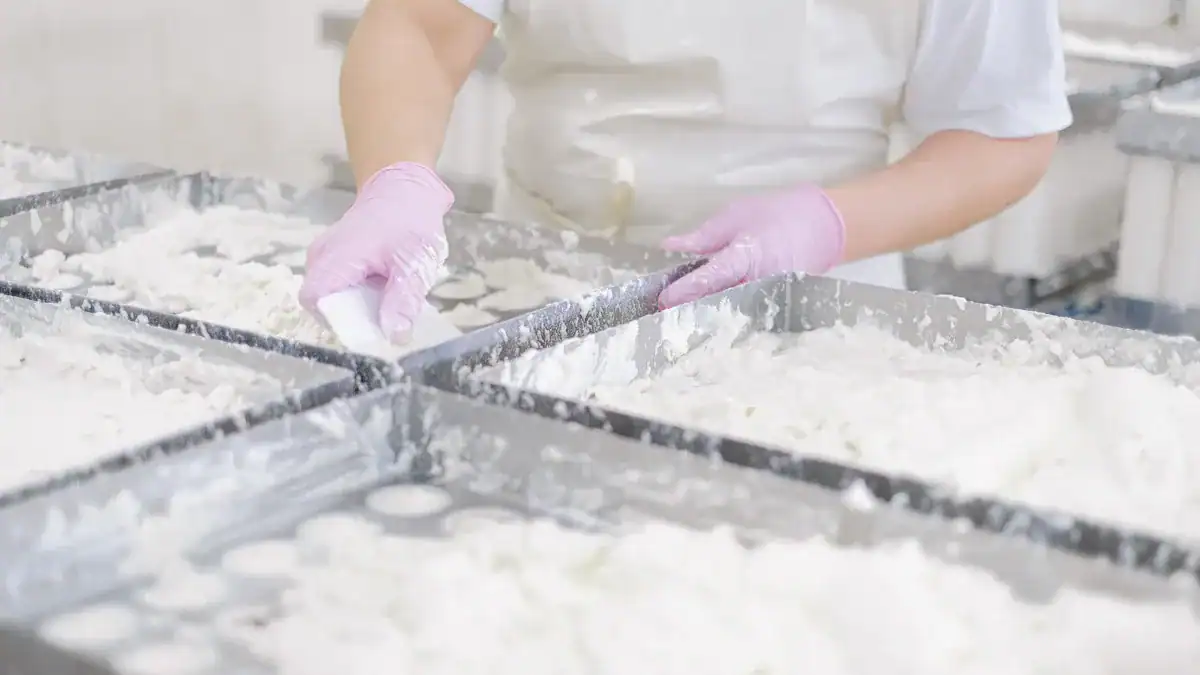Have you ever wondered how chocolate is made? Here is a quick overview of how chocolate is made in factories and what goes into it. It’s important to understand the ingredients and processes involved in making the delicious treat. But before we delve into the details, let’s take a look at some of the basic ingredients. How do they affect the taste and texture of chocolate? How does the cocoa butter change the flavor?
Process of making chocolate
Conching is a process that changes the texture of the chocolate mass and develops its flavor. This process involves the use of conches paddles, which resemble conch shells and are fitted with rollers that slowly plow the chocolate mass back and forth. The process also develops complex flavours and makes the chocolate smooth and velvety. This process is essential for the creation of gourmet chocolate, as it is the stage that determines the final aroma and taste. The speed and temperature of the conching process are also important determinants of the final quality. In some cases, the conching process does not occur, though.
The cocoa beans must reach the machinery used in the factories. Various species of cocoa trees have different manufacturing processes, though most chocolate factories utilize similar machines to break down cocoa beans. Once the cocoa beans have been fermented and dried, they will be refined to yield roasted nibs. The cocoa liquor is then combined with sugar and milk to form chocolate liquor. The liquid chocolate is then stored in tanks and delivered to molding factories, where it is poured into moulds and sold to the public.
In order to create the perfect chocolate, nibs need to be refined. In order to achieve this, nibs are broken down into small pieces and then pulverised between heavy steel discs. This step releases about half of the cocoa butter. After the nibs are defatted, the liquid is combined with other ingredients, such as sugar and milk powder, to make cocoa liquor. This stage is crucial in determining the texture and consistency of the chocolate.
Conching is a key stage in making quality chocolate. Conching is a process that uses airflow, heat, and agitation. The duration and speed of conching are crucial in developing flavour, texture, and other properties of the finished product. Conching time varies depending on the type of bean used, the desired flavor profile, and the application. Afterwards, the chocolate is packaged for retail sale. The process of making chocolate in factories differs from the one used in the past.
Ingredients
While there are many different varieties of chocolate, they all contain the same key ingredients. Most kinds of chocolate require cocoa butter and cocoa sauce, which are produced by grinding cocoa beans. The cocoa butter liquefies through friction heating and forms the chocolate pulp. This pulp is then poured into a giant hydraulic press. During this process, the pressure causes the liquid cocoa butter to separate from the chocolate pulp. The cocoa powder that results is the result of grinding the cocoa beans in a finer mill.
Cocoa is a plant that originated in the Americas. Today, cocoa production in West African countries is the highest in the world, with Ghana and Cote d’Ivoire leading the way. Maya ceramics in Ghana are responsible for 60 percent of the world’s cocoa supply. Chocolate is a popular treat, but its production is expensive. In order to increase consumer demand, manufacturers have begun using organic and sustainable farming practices.
Some manufacturers add soy lecithin to their chocolate, which is used to make it more stable and resistant to heat. Another ingredient is honey, which adds a sweet flavor to pure dark chocolate. Adding honey to chocolate is becoming an increasingly popular trend in baking. Despite its controversy, many people still find chocolates delicious. This article has provided a list of the most common ingredients used in chocolate manufacturing. There are other common ingredients found in chocolate.
Cocoa butter is the main ingredient in dark chocolate. Cocoa butter is obtained by grinding cocoa nibs, which are solid at room temperature. Then, the chocolate ingredients are mixed with other ingredients, like sugar and a sweetener. The first steps are grinding the cocoa butter into a paste. There are many different types of chocolate, and the process varies according to the type. For example, white chocolate requires the addition of sugar and milk powder, while dark chocolate is processed with cocoa butter and vanilla.





